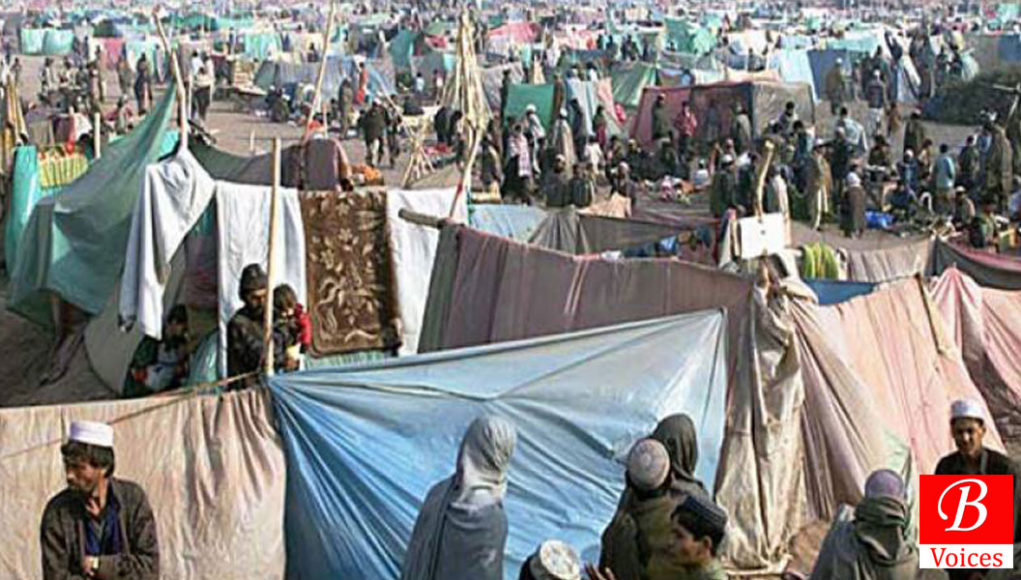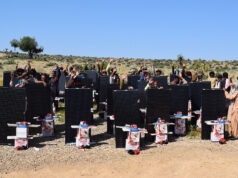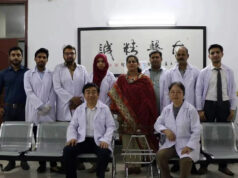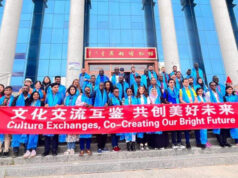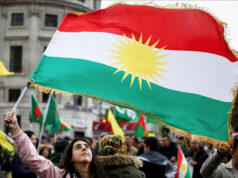Muhammad Zafar Khan
From 14 to 16 of November, an international conference on migration and displacement held at Government College University Lahore, organized by department of Political Science and Centre of Excellence China Studies. Scholars from all over the world and Pakistan presented their papers on different dimensions of migration and displacement. Being a worldwide phenomenon, migration is one of the current debates in scholarly circles. Migration is the forced movement of population from one state to another due to the conditions like war and natural disasters. If population is displaced from one place to another, with in a state due to the mentioned reasons, it is called displacement. There are two main factors, termed as push and full factors, which cause migration and displacement. The forces like war, famine and floods, which compel population to leave the area, are push factors. On the other hand, factors which attract the people like job opportunities, high living standards and peace are full factors.
Currently, people commonly migrate from one country to another for economic privileges and high living standards. This specially gives rise to the problem of brain drain within developing countries. It has become difficult for a nation state to control this dimension of the migration. According to a rough estimate, 4 per cent of Pakistani population is living in other countries with Saudi Arabia standing at the top with 1,900,000 Pakistani migrants. United Kingdom ranks second with 1,510,836 Pakistani migrants and United Arab Emirates, with 1,200,000, is the third state with largest Pakistani migrants. However, United States comes after UAE with 518,769 Pakistani migrants. These migrants include professionals, labours, and students. On the other hand, currently Pakistan is hosting 1.3 million Afghan refugees out of total 3-5 million estimated refugees. Refugees came in two waves of migrants after USSR attack in 1979 and US attack of 2001 on Afghanistan.
Resettlement and management of refugees is not an easy task. For this, UN has a special agency which helps the refugees to settle in the new country. The migrants find it tough to get a sustainable job and bridge the language barriers. Local laws, disrupted education and schooling and lack of communication with their home country worsen the situation. In this regard United Nations Humans Right Council (UNHCR) registers them in new countries and issues them PoR (Proof of Registration) cards. UNHCR gives them financial help, provides shelters, and builds schools and dispensaries for them. The actual challenge is related to unregistered migrants. Without any documentation, they pose a threat to the security of the host country. In this regard an improved mechanism and new laws of registration are of dire need.
When migrants arrive in the host state, they face the problem of multiculturalism along with other serious problems of health, education and job. Mostly, there is a big gap between the cultures of migrants and the host society leading migrants to face enough trouble to converge instantly with the new customs. For instance, Afghan refugees observe the difference between the life of those migrants who got settled in Pakhtoon majority areas and those who adopted residence in Punjab or Sindh. The migrants of Pakhtoon majority areas faced less difficulty to congregate in the local population due to shared cultures and customs as compared to the migrants of Punjab and Sindh who face resistance from locals at public as well as institutional level.
Diaspora is the migrant population of any country in other states. The diaspora can be a blessing or burden for the host states. In case of countries having a system with capacity to accommodate migrants and expensive labour, the diaspora can be a blessing. The host state can provide this diaspora with skills and get cheap labour which will in turn strengthen their economy. In case of developing countries, with moderate economies, diasporas prove normally to be burden on the economies, since their systems have the low capability to accommodate migrants and labour. Take the example of Afghan and Syrian diaspora and compare their existence in developed and developing countries.
Besides other reasons, inter and intrastate conflicts are main reasons of cross-border migration. We have the example of Myanmar where inter-state conflicts have compelled millions of Rohingya Muslims to flee to Bangladesh in miserable conditions. While the case of intrastate conflict is not latent, millions of Afghans migrated to Pakistan, Iran and Europe during the Soviet and US wars.
Finally, we are faced with the question that how we can curb those factors which lead to the refugee problem globally. Firstly, if the states deter to meddle in the affairs of other countries, there will be no intra-state conflicts and ultimately there will be no refugees. Secondly, liberal democracy is a fine remedy for the conflicts between states and their citizens. Since democracy is the real form of peoples’ government, there will be a sense of ownership in citizens and a sense of responsibility in government. Consequently, issues will not erupt which cause large-scale migrations. Thirdly, UN must get a healthy position where it can implement its decisions and prevent the states from direct confrontation with each other.
The writer is a student of BA honors at GCU Lahore.
Disclaimer: Views expressed in this article are those of the author and Balochistan Voices not necessarily agrees with them.
Share your comments!


